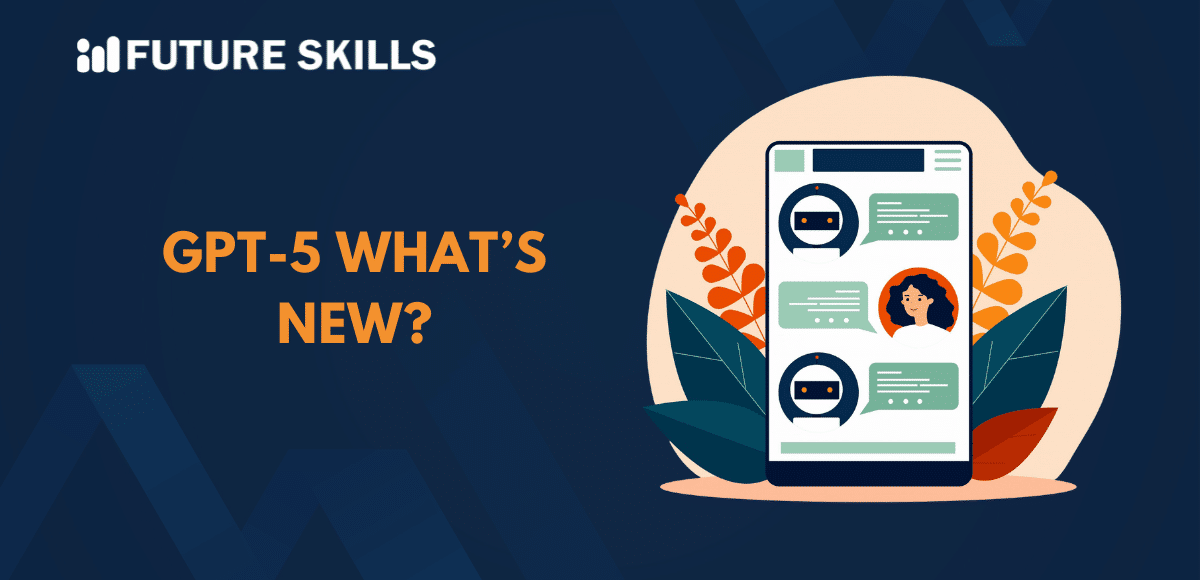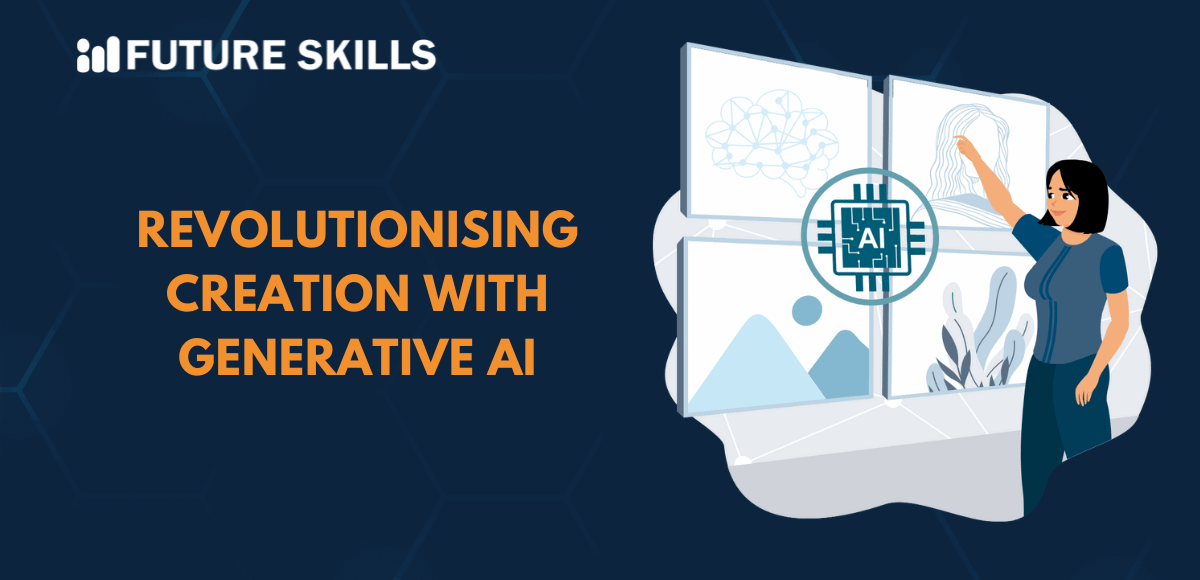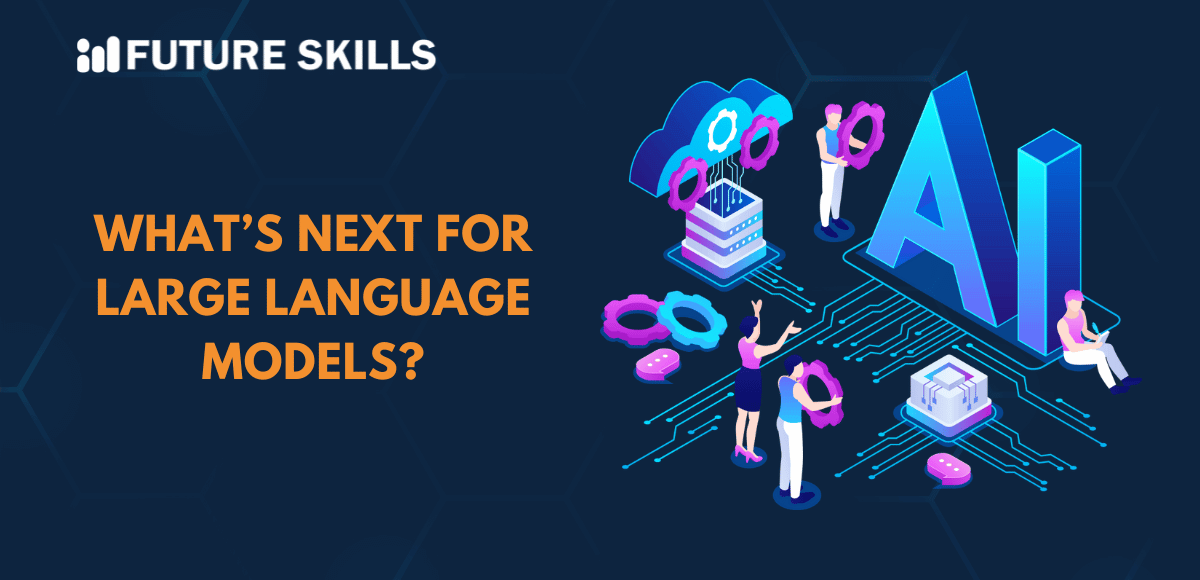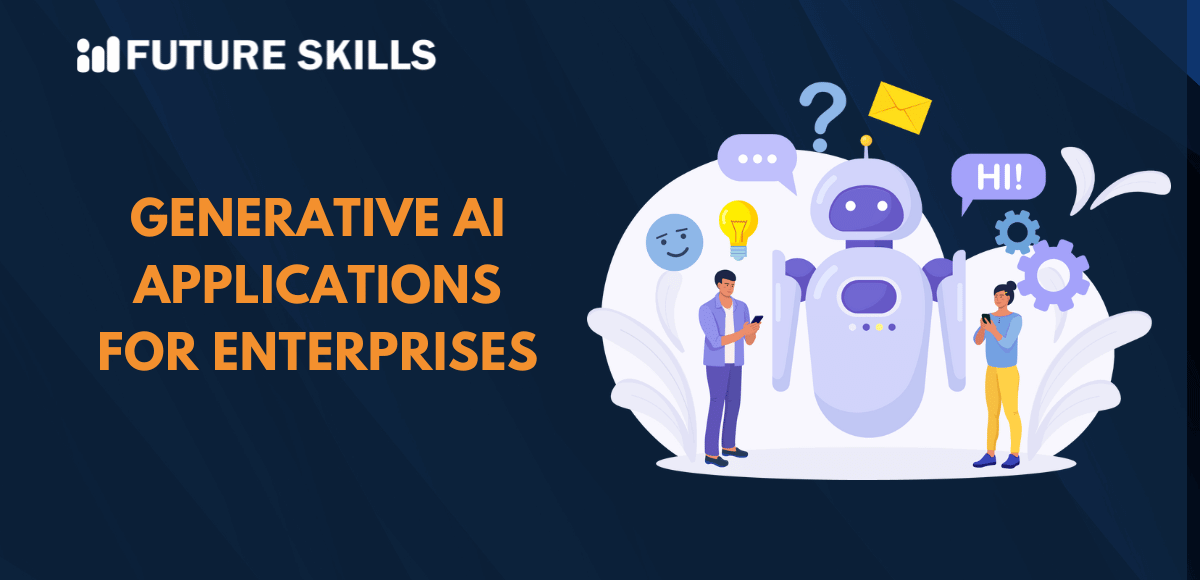OpenAI is one of the frontrunners in the AI revolution with their GPT series of models. After the successful releases of models like GPT-4o and o1 in 2024 and GPT-4.5 in February 2025, OpenAI launched their most advanced model in August 2025. The OpenAI GPT-5 has been built on the GPT architecture while incorporating features from previous models like o1 and o3. Even with a not so flawless launch, GPT-5 is the first model that offers the perfect blend of intelligence and speed.
The biggest problem with previous OpenAI models like 4o, o1 and o3 was that they required a tradeoff between deeper reasoning and fast answers. GPT-5 changed the whole game with capabilities to offer faster responses to simple queries and more comprehensive reasoning for complex instructions. Let us learn everything you need to know about GPT-5 before giving it a try.
Grab the opportunity to become a professional ChatGPT expert with our Certified ChatGPT Professional (CCGP)™ Certification course.
Understanding the Design of GPT-5
Many readers must have assumed that GPT-5 is just another large language model in the long list of OpenAI models. The definition of GPT-5 explained in simple terms emphasizes how it leverages the GPT architecture and features from reasoning-first models. OpenAI had released the GPT-4.5 model in ChatGPT that introduced many promising improvements. The GPT-4.5 or Orion model was capable of better reasoning accuracy and ensured fewer hallucinations.
Even if Orion did not offer deep reasoning capabilities, it established the foundation for comprehensive chain-of-thought execution, which became a native feature of GPT-5. The new OpenAI model also incorporated many other capabilities, including enhanced context retention, seamless multimodal switching and stepwise logic execution.
How is GPT-5 a Special Model?
The best way to answer such questions requires understanding the architecture of GPT-5. Contrary to general assumptions, GPT-5 is not a single model but a collection of different models running as a unified system. The new GPT model uses a real-time router to automatically pick the ideal model for specific tasks.
The router chooses the default model for general queries, which is capable of providing faster responses with higher throughput. It can also choose the GPT-5 thinking model for queries that require complex reasoning and multi-step problems. The multi-model routing system facilitates dynamic allocation of computing power, thereby ensuring that simple queries don’t waste resources. At the same time, it allocates a model with deep reasoning capabilities for complex questions.
Level up your ChatGPT skills and kickstart your journey towards superhuman capabilities with Free ChatGPT and AI Fundamental Course.
Different Variants of GPT-5
The architecture of GPT-5 must have had you thinking about the models used in its unified system. GPT-5 leverages a family of specialized models tailored for different use cases albeit while using the same architecture. The variants of GPT-5 have been tuned to maintain the desired balance between reasoning depth, operational scale, and speed and knowledge cut-off. The three variants include GPT-5, GPT-5 Mini and GPT-5 Nano.
The answers to “What will GPT-5 be able to do?” will focus on the functionalities of each model in its unified architecture. For instance, GPT-5 is the flagship model that is capable of deep reasoning and handling complex queries. The next variant, GPT-5 Mini, is a faster option for tasks with clear definitions and comes at the lowest cost. GPT-5 Nano is the top choice for real-time tasks where speed matters the most due to its extremely low latency.
Exploring the Training Process of GPT-5
The assurance of better performance than its predecessors also creates questions about the training procedure of GPT-5. You should know that GPT-5 has been trained like the previous OpenAI models with a combination of different techniques. Users can also use GPT-5 prompting to train GPT models with their own data to achieve customized behavior for certain domains. The notable training techniques used for GPT-5 training include supervised learning and reinforcement learning.
GPT-5 used the supervised fine-tuning technique to learn from human-labeled datasets. The reinforcement learning technique with a human feedback loop helps the GPT-5 model with optimization of responses through iterative loops. Furthermore, GPT-5 has also leveraged new supervision techniques in training, most likely inspired from reasoning-centric improvements in previous models.
Learn artificial intelligence with our structured AI Certification Course and explore new career opportunities.
Evaluating the Performance of GPT-5
The most crucial aspect in an introduction to GPT-5 for any user is the quantification of its performance. How does GPT-5 perform on different benchmarks? OpenAI has revealed an extensive set of results that cover the performance of GPT-5 in coding, multimodal reasoning and mathematics.
-
Coding
The score of OpenAI GPT-5 on the SWE-bench Verified benchmark is 74.9%. It is also important to know that the performance improvement also comes with enhanced efficiency. GPT-5 reduces the usage of output tokens by 22% and tool calls by 45%, as compared to o3. The performance of GPT-5 on a multi-language code editing benchmark is 88% with 33% reduction in errors.
-
Multimodal Reasoning
GPT-5 sets some new milestones in multimodal reasoning with exceptional performance on various benchmarks. The model scored 84.2% on MMMU, which is a benchmark for college-level visual reasoning tasks. GPT-5 also performed with an accuracy rate of 84.6% in reasoning tasks that involved videos. The performance of GPT-5 in multimodal reasoning tasks, which involve understanding scientific figures or spatial reasoning, also make it the best AI model.
-
Mathematics and Scientific Reasoning
GPT-5 has also outperformed its predecessors in mathematical and scientific reasoning tasks. You can use GPT-5 prompting in such tasks to achieve faster and more accurate results, as evident in different benchmark evaluations. The model has scored 94.6% on the AIME 2025 benchmark and 93.3% on the HMMT benchmark.
Want to gain practical skills in using OpenAI API and implementing API calls to facilitate LLM interactions, Enroll now in the Certified Prompt Engineering Expert (CPEE)™ Certification.
How Can You Get GPT-5?
As a model that promises a mix of speed and intelligence in the right proportions, GPT-5 has attracted many users. You might think that you will have to spend a fortune to get your hands on the most advanced LLM. However, you can gain access to GPT-5 on different ChatGPT tiers with varying prices. You can use GPT-5 with daily usage limits and standard reasoning features in the free tier. The Plus tier of ChatGPT allows expanded usage limits alongside offering advanced reasoning capabilities.
The Pro tier enables you to access GPT-5 Pro, which helps you capitalize on the GPT-5 thinking variant. Users can capitalize on benefits of larger context window, faster routing and flexible access to advanced tools in the ‘thinking’ variant of GPT-5. With its flexible pricing structure, users can capitalize on different advantages like lower latency, cost efficiency and depth of reasoning.
Final Thoughts
OpenAI has proved that innovation in large language models can lead to the creation of more efficient models like GPT-5. The most remarkable highlight of GPT-5 explained in simple words is the blend of speed and intelligence. On top of it, the multi-model routing system used in the model helps it use resources according to the type of queries. For instance, it allocates deep reasoning models to complex queries and faster models for simple queries. The exceptional performance of GPT-5 on renowned benchmarks for coding, mathematics and multimodal reasoning tasks make it one of the top AI models now and the best way to understand and use it effectively is by earning a ChatGPT Certification.






